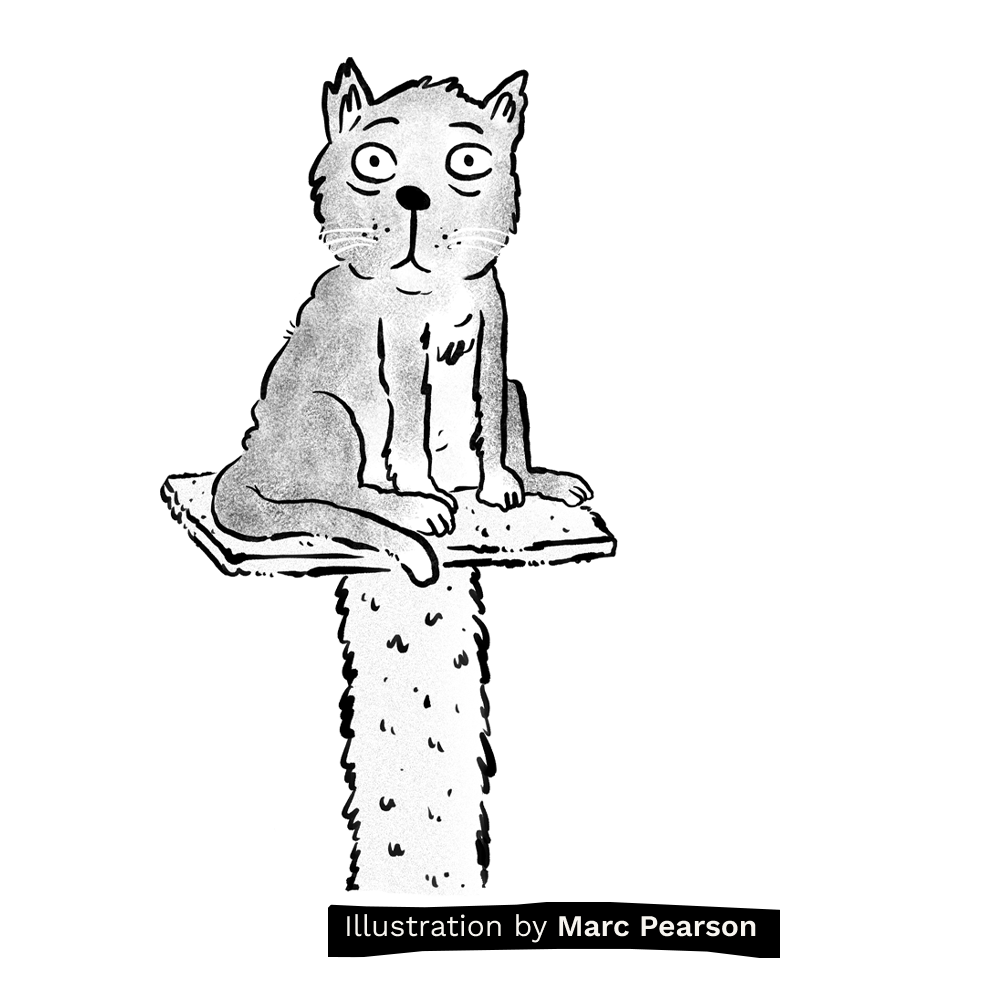
On MOST, we’ve got tips and strategies to help you manage your anxiety.
One of our favourites introduces Anxiety Cat – because much like a cat showing up unexpectedly at your door, anxiety’s visits can feel just as unpredictable.
Need to know what to do when your own anxiety cat comes to call?
We’ve captured four ways to deal with anxiety when it’s on your doorstep. Feel free to download these tips to keep or share.
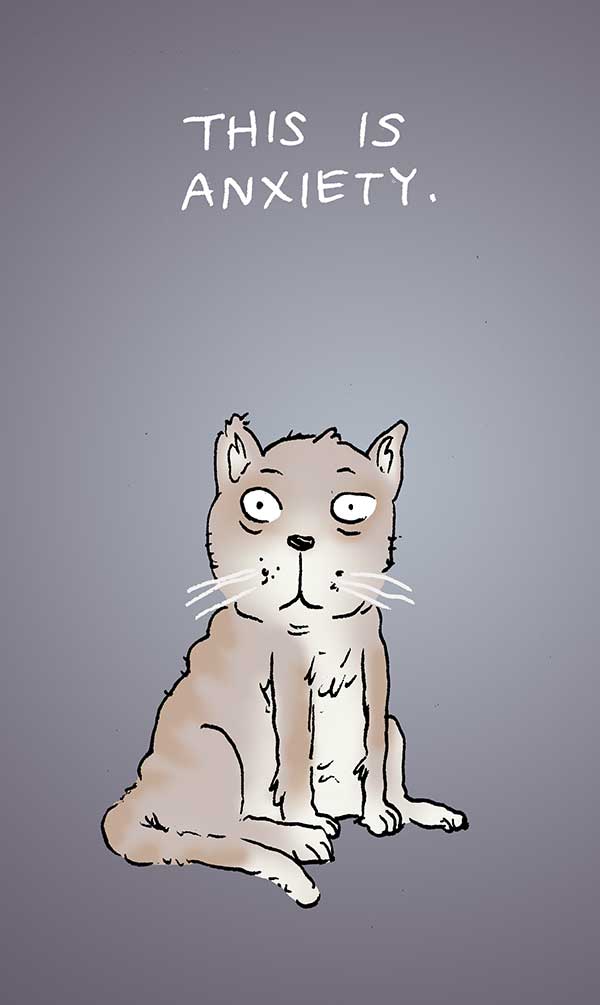
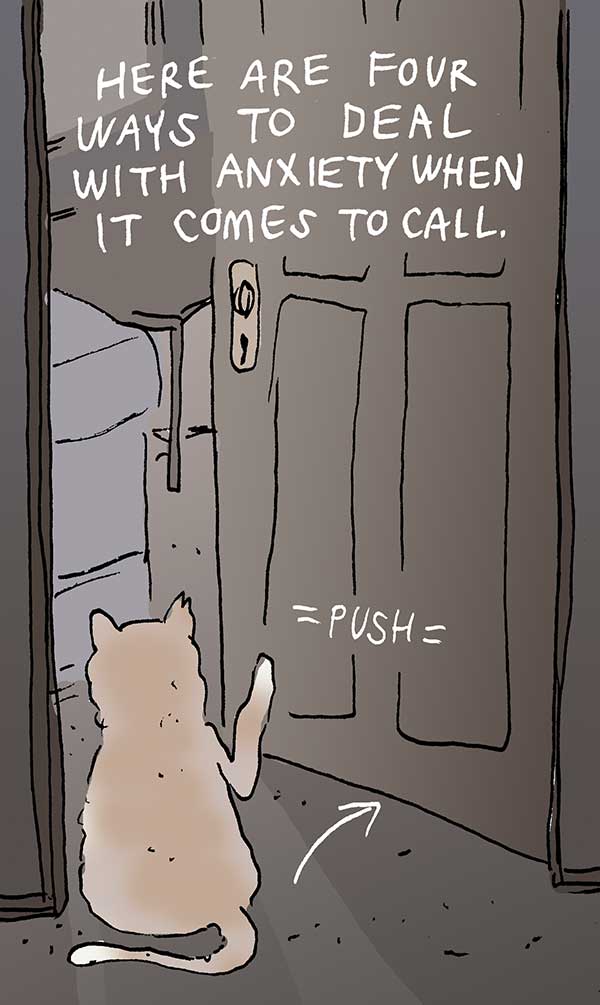
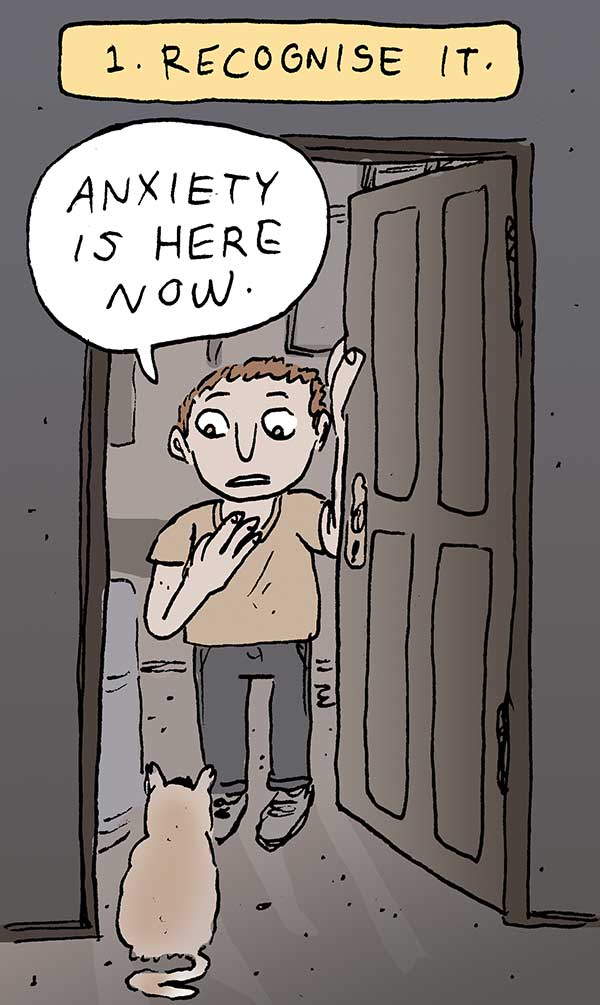
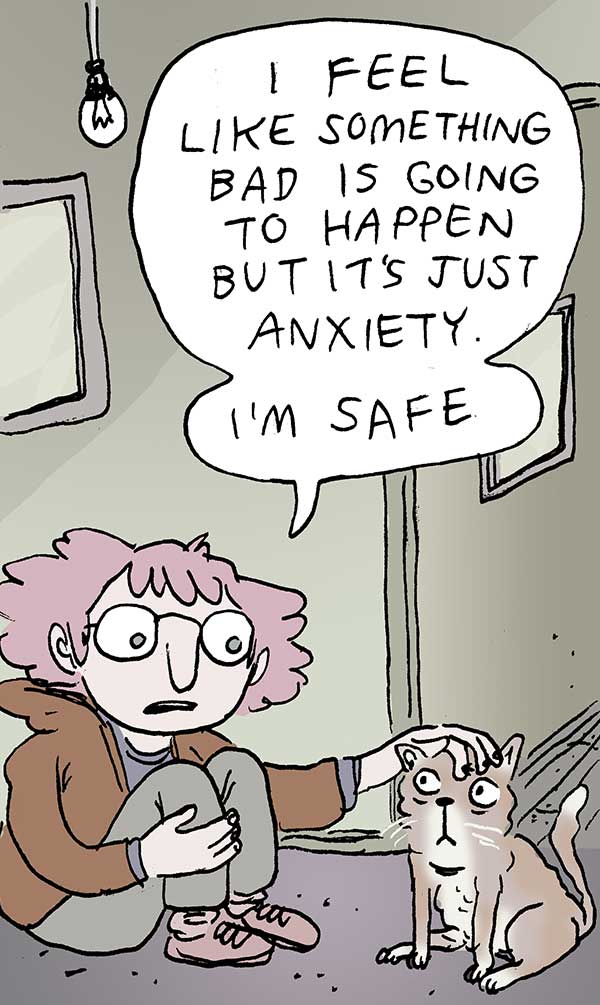
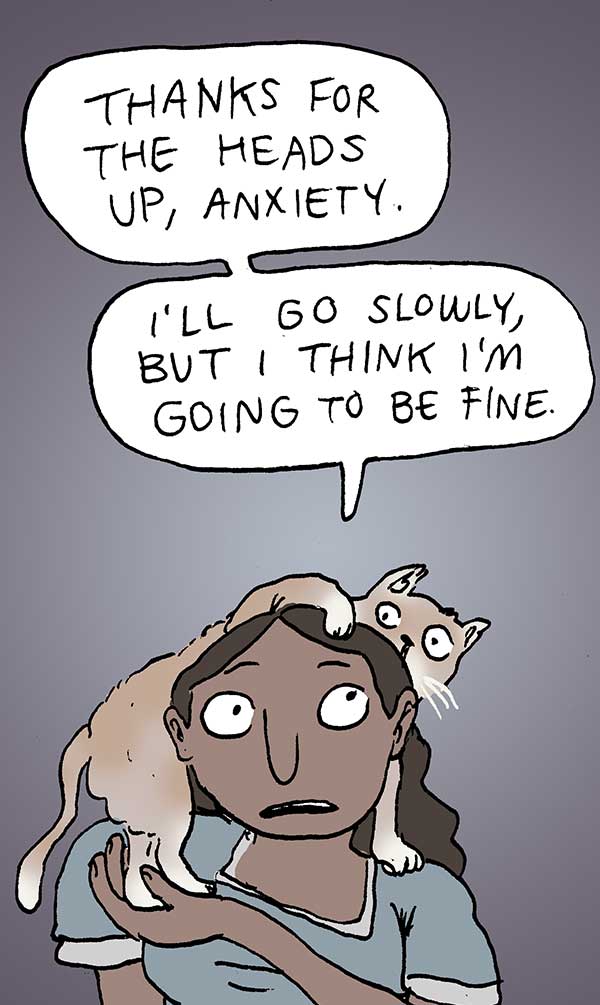
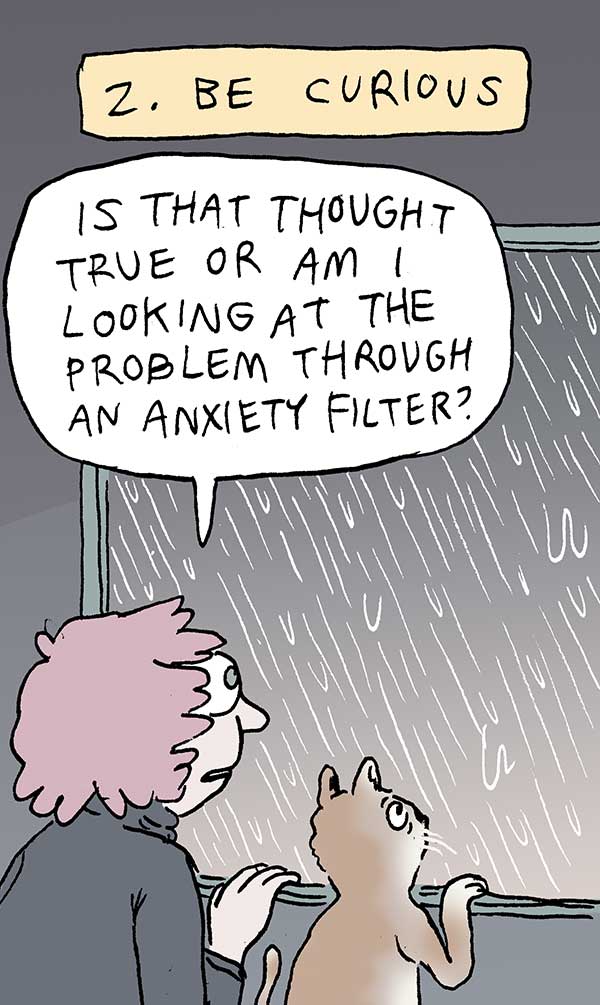
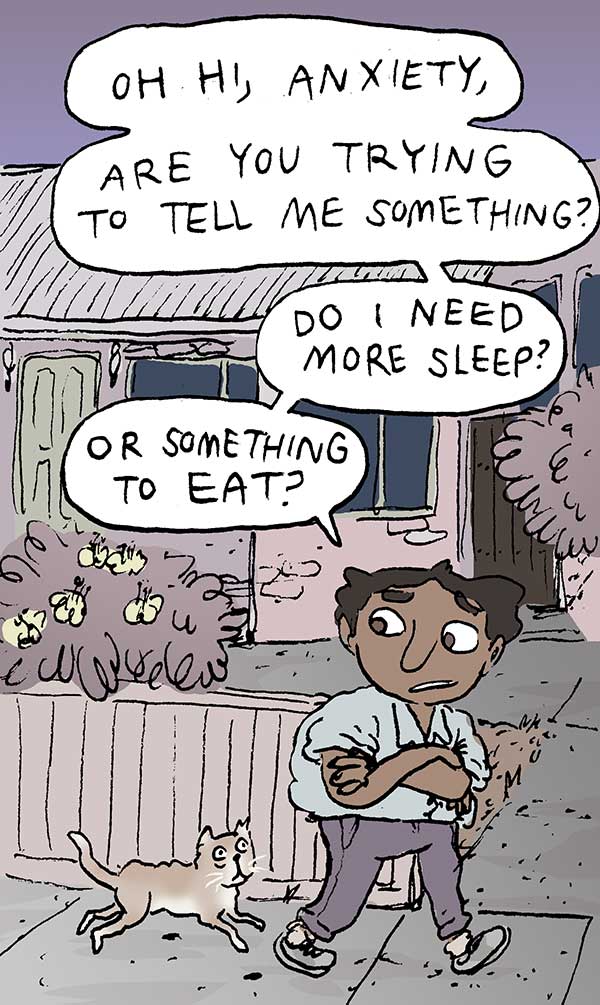

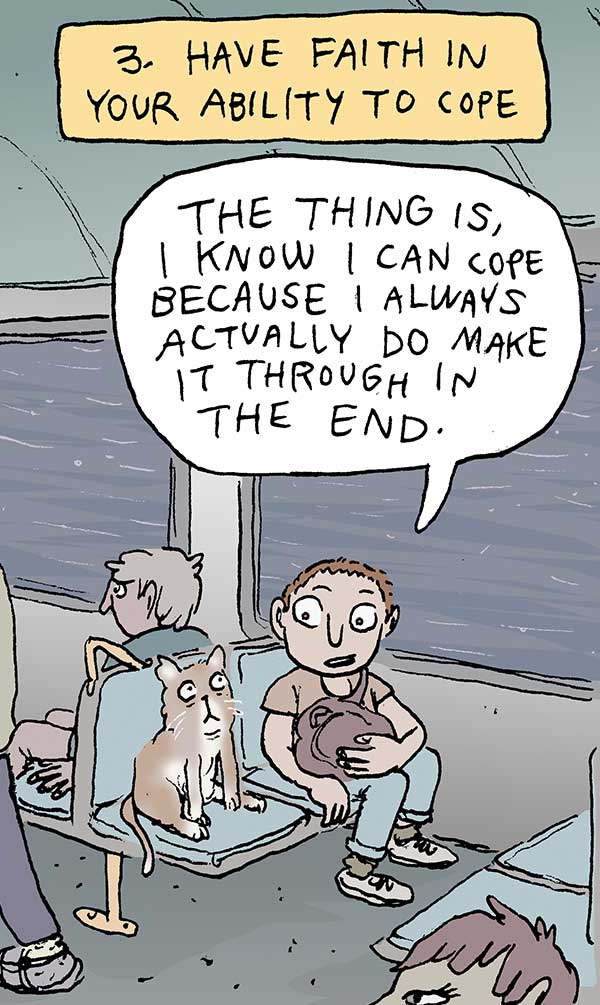
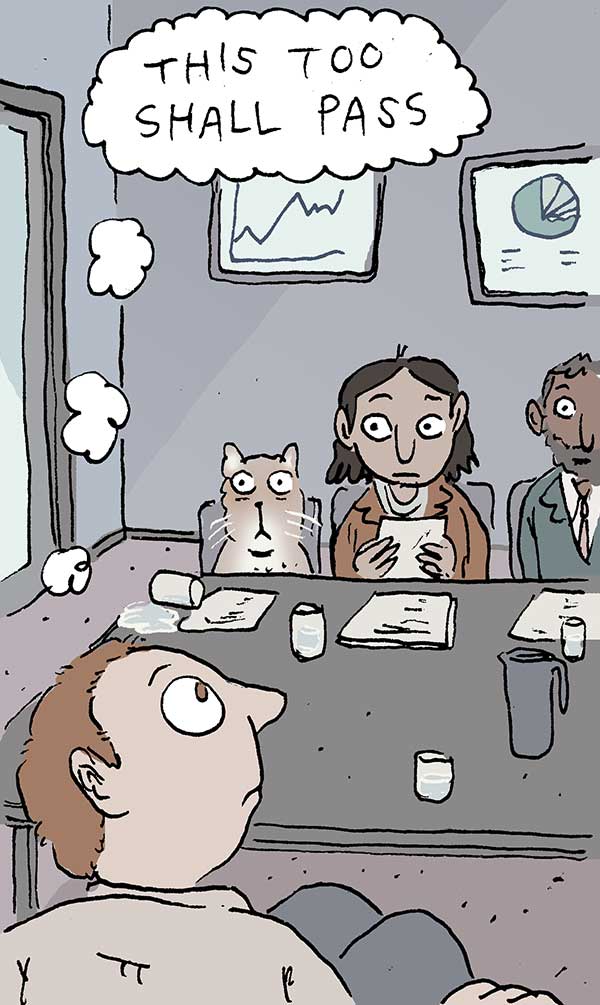
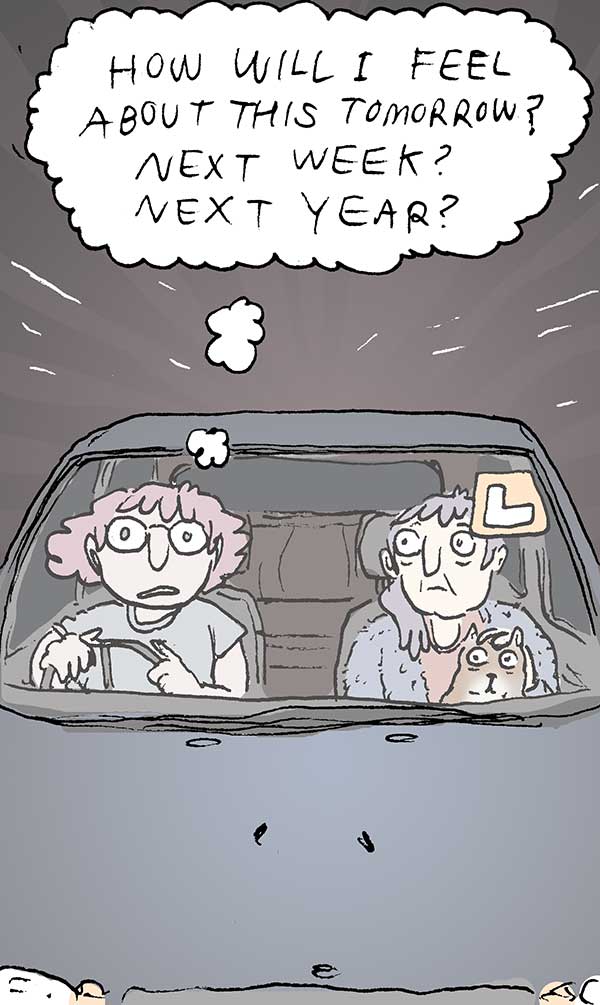
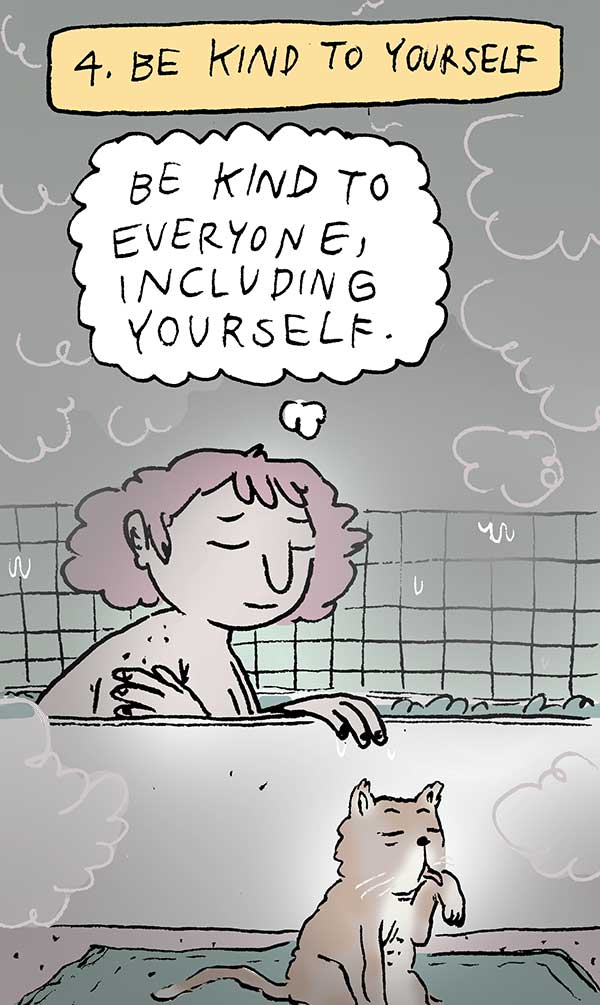
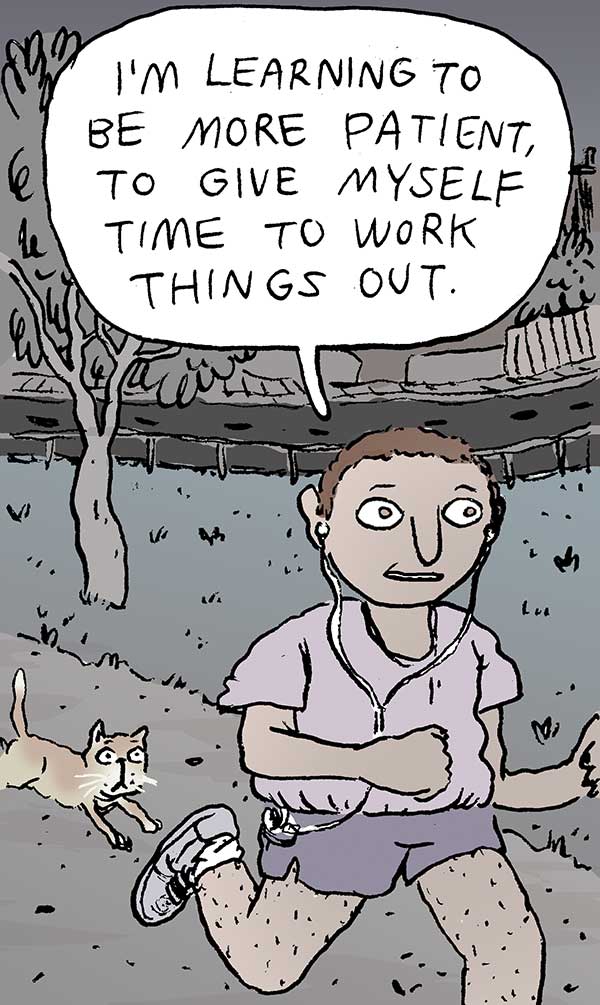
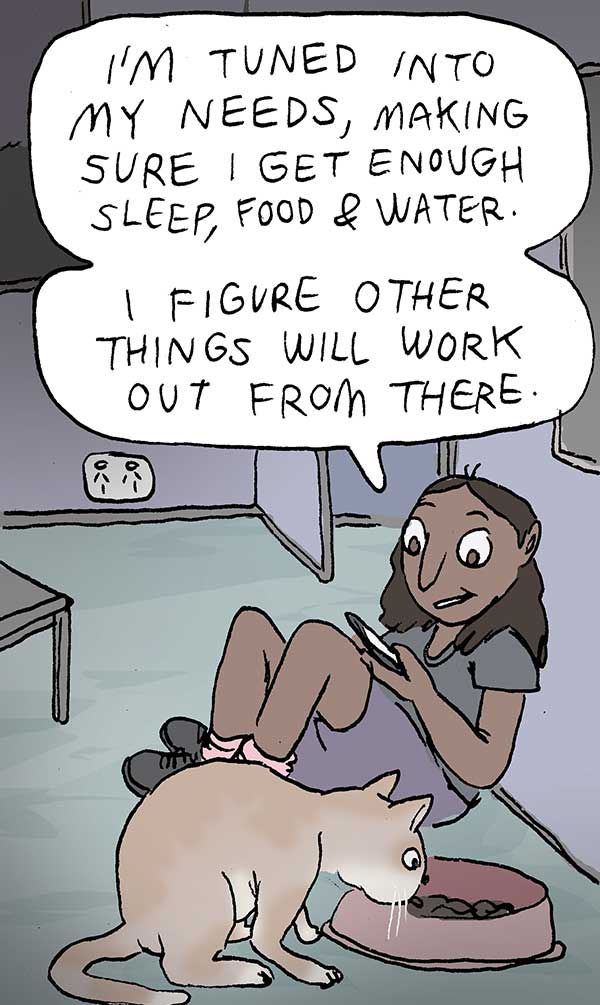
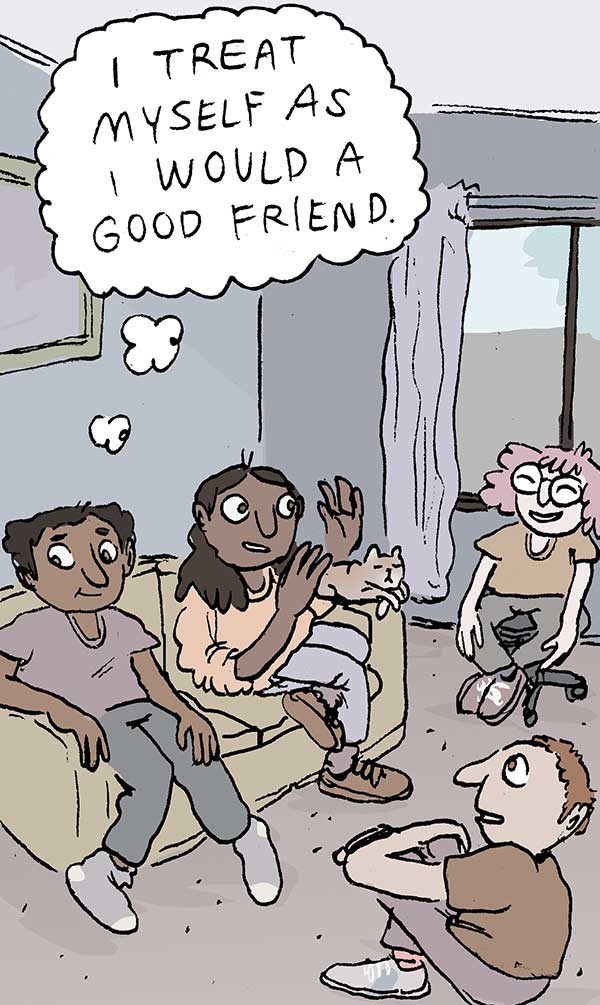
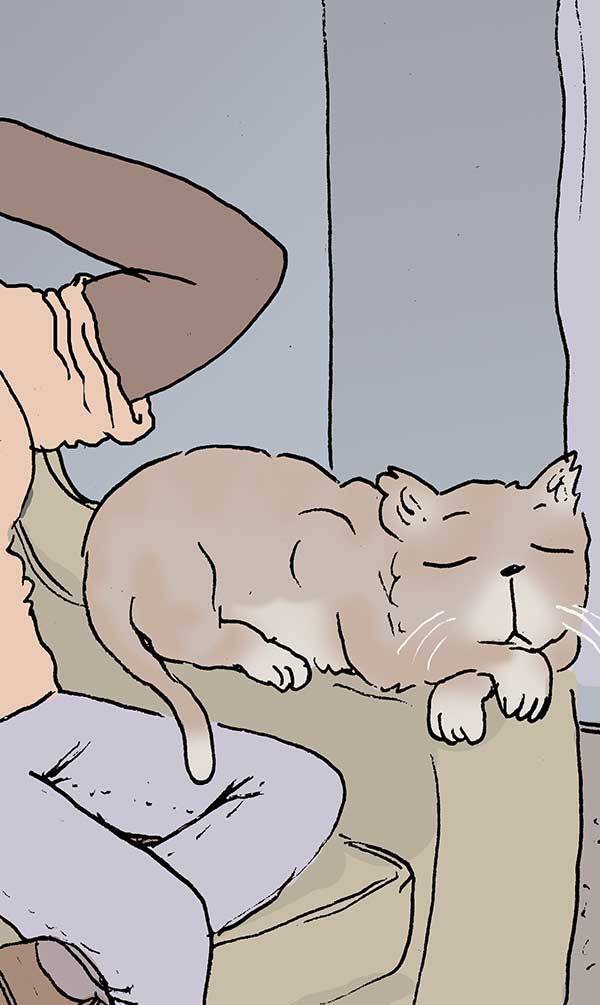

Anxiety is a pretty overwhelming feeling. And it feels different for everyone.
Some people get caught in endless loops of worrying which can make them feel trapped in their own head and afraid of the situations that make them feel this way.
Others have really loud physical symptoms: nausea or a burning feeling in their throat. Some might cry or feel sensitive.
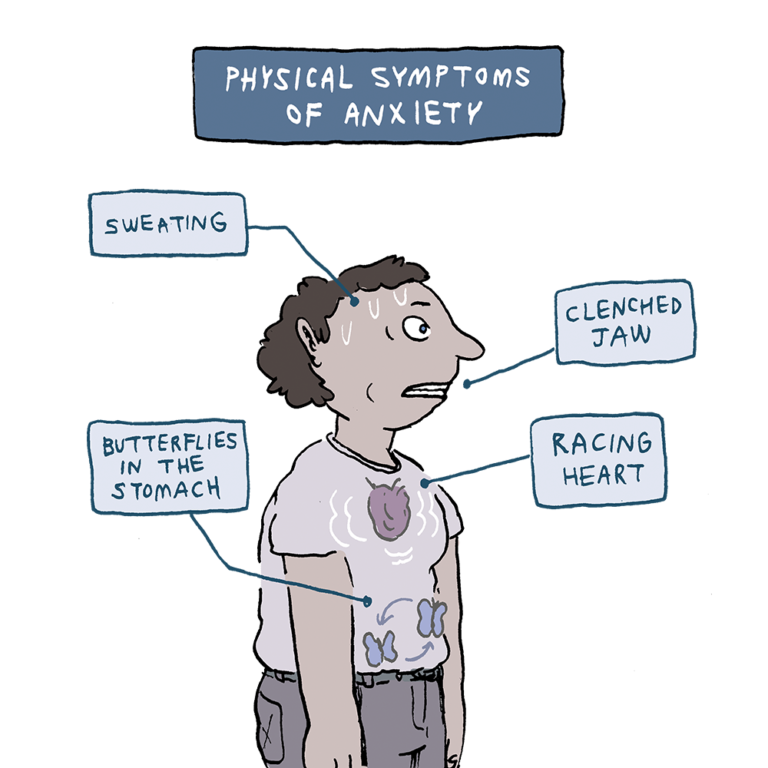

Thoughts: “what if that really happens”?
Feelings: dread, nervousness, panic, anger.
Behaviours: engaging in risky behaviours (like binge drinking or drug use), becoming overly attached to an object or person, avoiding situations that trigger anxiety, seeking constant reassurance from people or lashing out at them.
Physical sensations: racing heart, sweating, churning guts, clenched jaw, tight shoulders, or butterflies in the stomach.
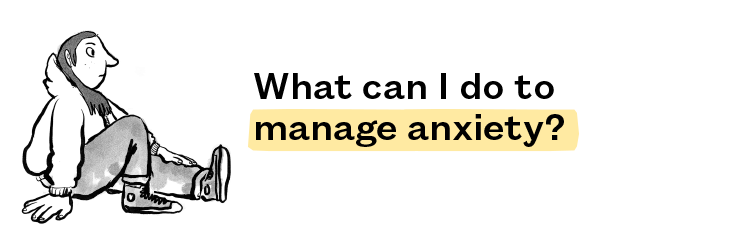
One of the best ways to manage anxiety is to track how your thoughts, feelings and behaviour influence one another.
This is because our feelings and behaviour are all connected. By changing our behaviour and our thoughts we can often change how we feel. By keeping track of thoughts, feelings and behaviour you can better see which one needs to be changed in order to dial down your anxiety.
Right now, pick one situation in which you’ve felt anxious recently.
Write it down.
Now, what was going through your mind – that is – what thoughts were you having?
Write these down.
Also think about what you were feeling; what sensations did you experience in your body?
Note these down.
And lastly, what did you do? Did you avoid a situation? Or drink some water?
Jot this down too.
Keeping this habit up when you feel anxious (or just after) can help you to see how your thoughts, feelings and behaviour all influence each other. This awareness empowers you to manage how you feel by changing the one or two things you have control over.

Consider connecting to MOST’s digital mental health support for strategies on managing anxiety, depression and more. Sign up for free through your participating headspace or specialty youth mental health service. MOST is available in Victoria, New South Wales, the Australian Capital Territory, Queensland and Western Australia.
